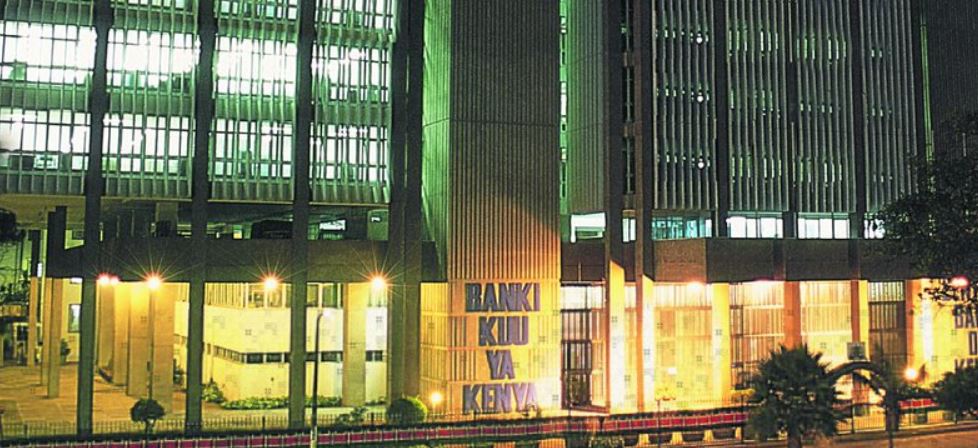 Kenya’s Central Bank has once again slashed its main interest rate, marking the fourth consecutive reduction in a bid to stimulate lending and boost economic growth.
Kenya’s Central Bank has once again slashed its main interest rate, marking the fourth consecutive reduction in a bid to stimulate lending and boost economic growth.
Governor Kamau Thugge announced on Wednesday that the Monetary Policy Committee (MPC) had lowered the key rate to an almost two-year low of 10.75%, down from 11.25%. This decision aims to address a slowdown in economic activity observed during the first half of 2024.
In its report released on February 5, the MPC cited decelerating economic growth as a primary factor behind the rate cut. The committee noted that overall inflation is expected to remain below the 5% midpoint of the target range in the near term, supported by stable core inflation, low energy prices, and exchange rate stability. According to Thugge, these factors provided room for the reduction in interest rates.
Global Trends Impact
The MPC also highlighted global trends, noting that central banks in major economies have continued to lower interest rates, with further gradual reductions anticipated in the coming months. This aligns with Kenya’s efforts to ease monetary policy while maintaining financial stability.
Governor Thugge emphasized that the decision to cut rates was driven by the need to support economic activity following a slowdown in 2024. Preliminary estimates suggest that the economy grew by 4.6% last year, compared to 5.6% in 2023.
Looking ahead, the central bank projects a rebound in growth, expecting the economy to expand by 5.4% in 2025. This forecast is based on the resilience of key service sectors and agriculture, anticipated recovery in private sector credit growth, and improved exports.
Cash Reserve Ratio Cut
To further enhance liquidity, the MPC reduced the Cash Reserve Ratio (CRR) by 100 basis points, bringing it down to 3.25%. Additionally, the committee announced the initiation of on-site inspections of banks to ensure they pass on the benefits of lower funding costs to customers.
“With these measures, banks are expected to lower their lending rates further, stimulating growth in credit to the private sector and supporting economic activity,” said Thugge.
The Kenyan shilling has remained stable at 129 shillings per dollar over the past six months, earning recognition as the world’s best-performing currency last year. This stability has helped keep inflation below 5% for eight consecutive months, rising slightly to 3.3% in January from 3% in December. Core inflation, which excludes food and energy prices, slowed to 2% in January, down from 2.2% in December, reflecting muted demand.
The MPC stated that it will closely monitor the impact of these policy measures and developments in both the global and domestic economies. “We stand ready to take further action as necessary in line with our mandate,” the committee added.
Press release: Monetary Policy Committee Meeting pic.twitter.com/9Kpo08pNqs
— Central Bank of Kenya (@CBKKenya) February 5, 2025










